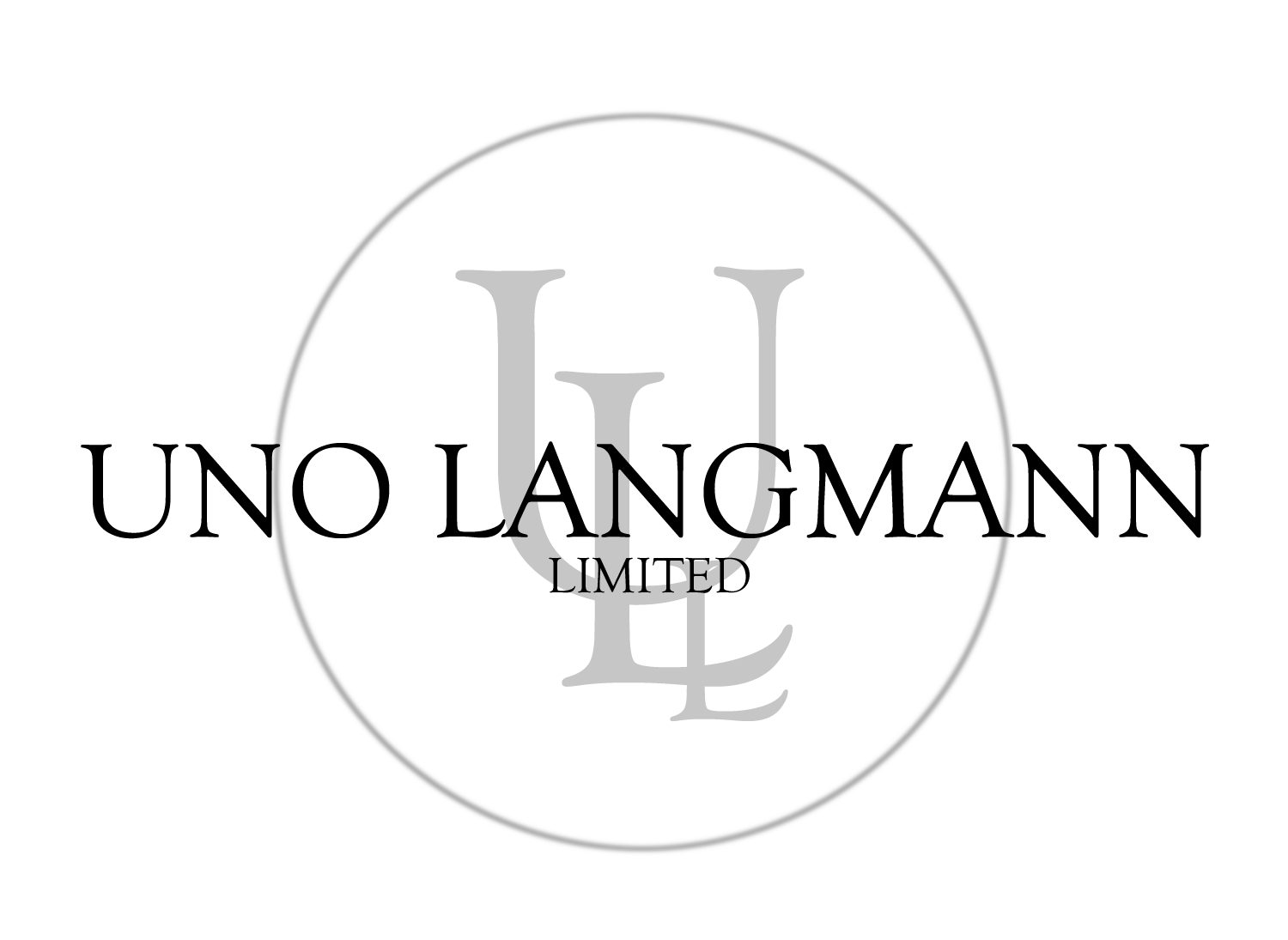STATIRA ELIZABETH FRAME
Canadian 1870-1935
AVAILABLE WORKS
SOLD
Statira Frame contributed to the introduction of Modernism to Vancouver, her colourful palette enhancing her free and expressive Post-Impressionist progressive style. She is known for views around Burrard Inlet and Vancouver, flower markets, First Nation figures and villages. Born in Quebec in 1870, she settled in BC in 1892 after marrying William Frame, a bookkeeper for the Hastings Mill Store in Vancouver, and the couple had at least one daughter. Frame was mainly self taught except for studying art classes at Vancouver Night School and receiving instruction from Robert Henri and Armin Hansen. She was influenced by Post-Impressionism, most likely from Emily Carr who stayed with the Frames for three weeks upon her return from France, during which time Frame and Carr sketched together.
Frame exhibited her work with the Studio Club from 1909. In 1918 she submitted canvases to Robert Henri of the American Ashcan School for review, receiving encouraging feedback regarding her use of composition and form, and most especially of colour. Her work matured and she travelled to California circa 1920 where she studied for four months under American Impressionist Armin Hansen. After her time in California she introduced mauves, pinks and brighter colours to her subdued palette. In 1926 she travelled again to Alert Bay where she spent a month painting.
Frame was an active member in British Columbia art societies, including the British Columbia Society of Fine Arts and the Vancouver Sketch Club. She became secretary-treasurer of the newly founded Palette and Chisel Club. She exhibited her work throughout British Columbia, with the Royal Canadian Academy in 1926 and the Art Association of Montreal in 1934, as well as at the Seattle Art Museum. A retrospective of her work was held at the Vancouver Art Gallery in April 1936, less than six months after her death, where her paintings were praised by Emily Carr and Harold Mortimer Lamb.
